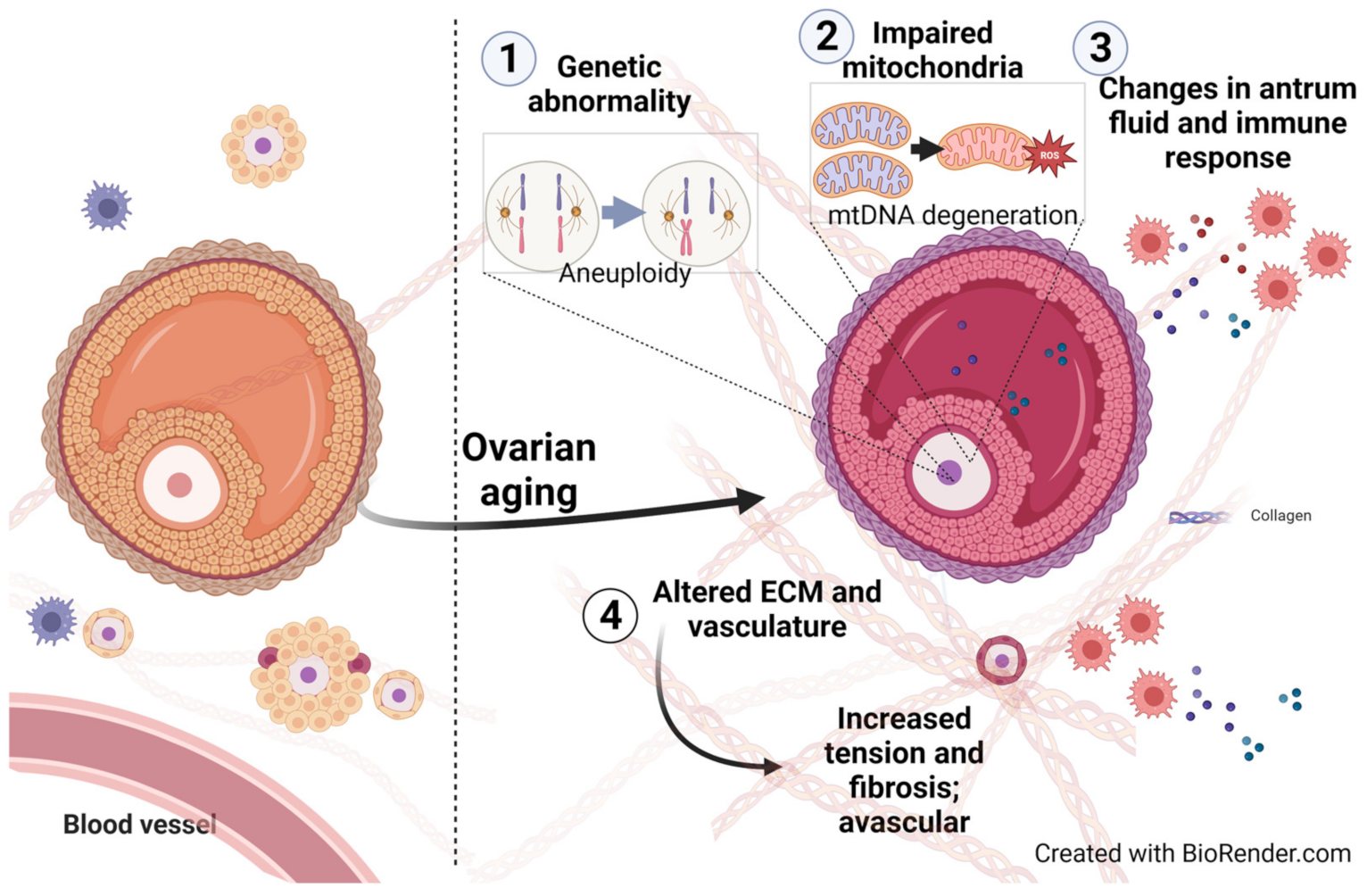Implantation bleeding is light spotting typically occurring 10-14 days after conception. It marks the early stages of pregnancy.
Understanding implantation bleeding is essential for those trying to conceive or tracking menstrual cycles. This light bleeding or spotting differs from a regular period in volume, color, and duration, often causing confusion or concern to potential parents. It typically happens when the fertilized egg attaches to the uterine lining, indicating the start of a pregnancy.
It’s important for anyone experiencing this symptom to consider the timing, characteristics, and their own menstrual cycle to distinguish it from other forms of vaginal bleeding. Recognizing implantation bleeding can be a key early sign of pregnancy and a reason to take a pregnancy test to confirm. Reliable information is crucial, especially on forums where individuals seek advice and share experiences regarding this often subtle pregnancy signal.

Credit: www.mdpi.com
What Is Implantation Bleeding?
Welcome to our dedicated space where we unravel the mysteries of early pregnancy. One such occurrence that often stirs questions is implantation bleeding. This natural phenomenon marks the very early stages of pregnancy and can be a sign of a new life beginning. Let’s delve into what implantation bleeding is.
Definition
Implantation bleeding is light bleeding that can happen when a fertilized egg attaches to the lining of the uterus. This usually occurs about 10 to 14 days after conception, right around the time a person might expect their period.
Causes
Implantation bleeding is caused by the fertilized egg burrowing into the uterine lining. This process can disturb the small blood vessels within the lining, leading to a slight discharge.
Symptoms
The symptoms of implantation bleeding can differ from one person to another. Here’s what you might notice:
- Color: It can vary from pink to red to brown.
- Duration: It often lasts a few hours to a couple of days.
- Flow: The bleeding is usually much lighter than a regular period.

Credit: www.frontiersin.org
What To Expect During Implantation Bleeding
Understanding implantation bleeding can help alleviate concerns during early pregnancy. This light bleeding or spotting occurs when a fertilized egg attaches to the lining of the uterus. Knowing what to expect can provide peace of mind, so let’s explore the typical aspects of implantation bleeding.
Duration
Implantation bleeding is usually brief. It often lasts from a few hours to three full days. Unlike menstrual periods, which can last up to a week, implantation bleeding is short-lived and tends to stop on its own. Most women experience this bleeding well before their expected period.
Flow
- Light spotting is the norm.
- It’s typically less than a regular period.
- No need for sanitary pads; a liner will usually suffice.
Color
The color of implantation bleeding can provide clues that it’s not a menstrual period. Let’s break down what to look for:
| Color | Description |
|---|---|
| Pink | May occur at the beginning. |
| Red | Can be fresh bleeding, but not heavy. |
| Brown | Often signifies old blood, a common sign. |
Remember, each woman’s experience can vary, and these are general guidelines. If you notice bleeding that doesn’t fit these descriptions, reaching out to a healthcare provider is wise.
How To Distinguish Implantation Bleeding From Other Types Of Bleeding
Identifying implantation bleeding can be confusing. Let’s learn how it’s different from other types.
Timing
Timing plays a vital role in distinguishing implantation bleeding. Here’s what to look for:
- Implantation bleeding typically happens 10-14 days after conception.
- It is not the same as your period’s timing.
- If the bleeding aligns closely with expected menstruation, it’s probably not implantation bleeding.
Characteristics
Notice the characteristics of the bleeding:
| Implantation Bleeding | Period or Other Bleeding |
|---|---|
| Light spotting | Heavier flow |
| Pink or brown color | Bright red to dark red |
| A few drops to a light flow | Enough to need a pad or tampon |
| Stops in a day or two | Lasts several days |
Accompanying Symptoms
Other symptoms aside from bleeding may occur:
- Implantation cramps can be mild and brief.
- You might feel a bit of nausea or tiredness.
- No significant clotting accompanies implantation bleeding.

Credit: www.amazon.com
Frequently Asked Questions For Implantation Bleeding Forum
What Are The Signs Of Implantation Bleeding?
Implantation bleeding typically appears as a light pink or brown discharge. It’s much lighter than a menstrual period and doesn’t last as long. Women may also experience mild cramping. It occurs 10-14 days after conception, aligning with a missed period.
How Long Does Implantation Bleeding Last?
Implantation bleeding usually lasts from a few hours to a few days. On average, it can last for 1 to 2 days. It’s significantly shorter than a regular period. If bleeding lasts longer, consider consulting a healthcare professional.
Can Implantation Bleeding Be Heavy?
Implantation bleeding is generally light and not heavy like menstrual flow. It’s often just a few spots of blood. If you’re experiencing heavy bleeding, it may be an indication of a menstrual period or another medical condition, rather than implantation.
When Should You Take A Pregnancy Test After Implantation Bleeding?
It’s best to wait until at least a week after the expected date of your period to take a pregnancy test for more accurate results. This allows enough time for the hormone hCG to build up in your system, which pregnancy tests detect.
Conclusion
Navigating the nuances of implantation bleeding can be perplexing. Forums offer a lifeline of support and shared experiences. Remember, each journey is unique. Stay informed, trust your body, and seek medical advice when needed. Embrace the community wisdom that forums provide, and take comfort in not being alone.